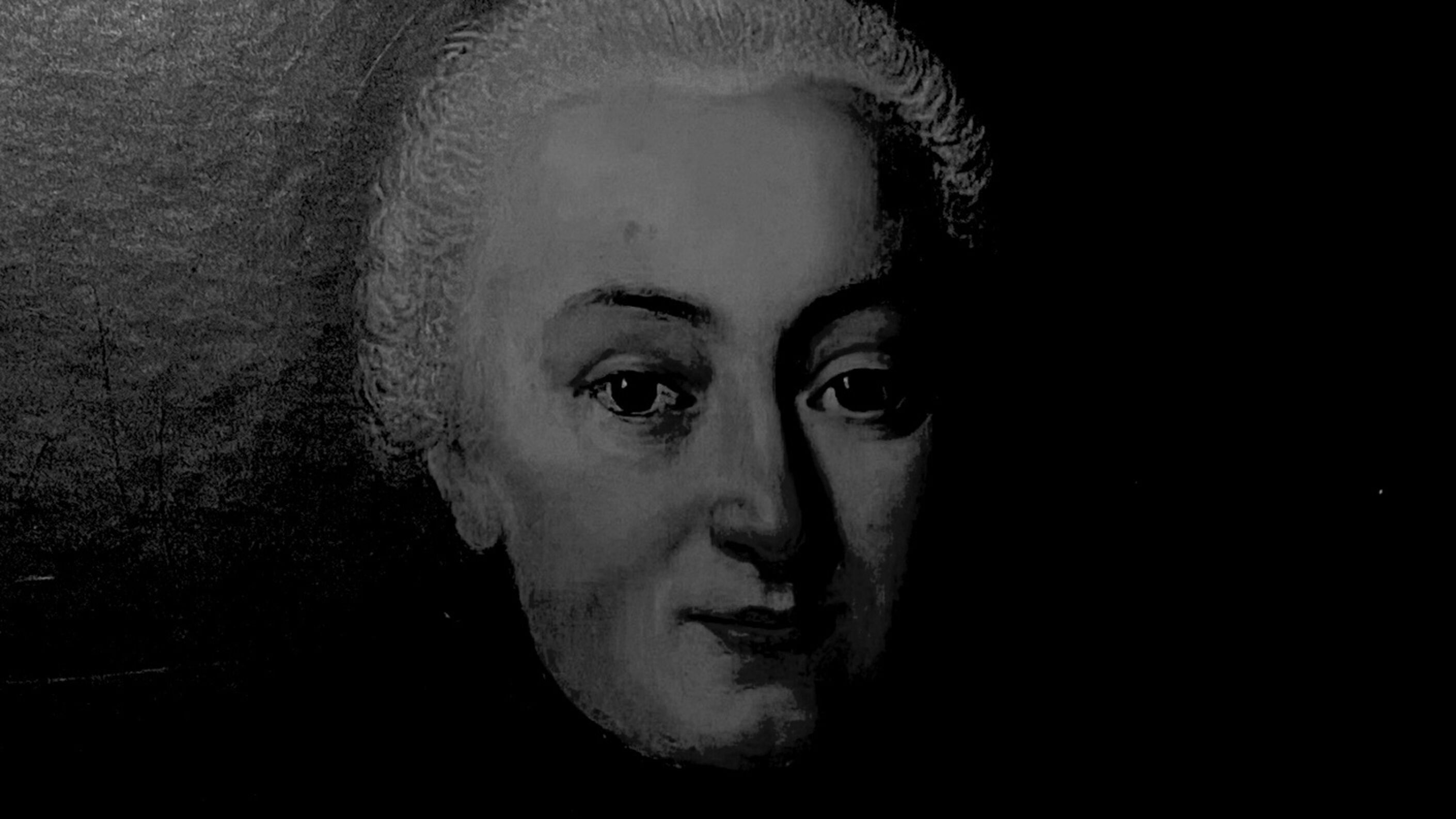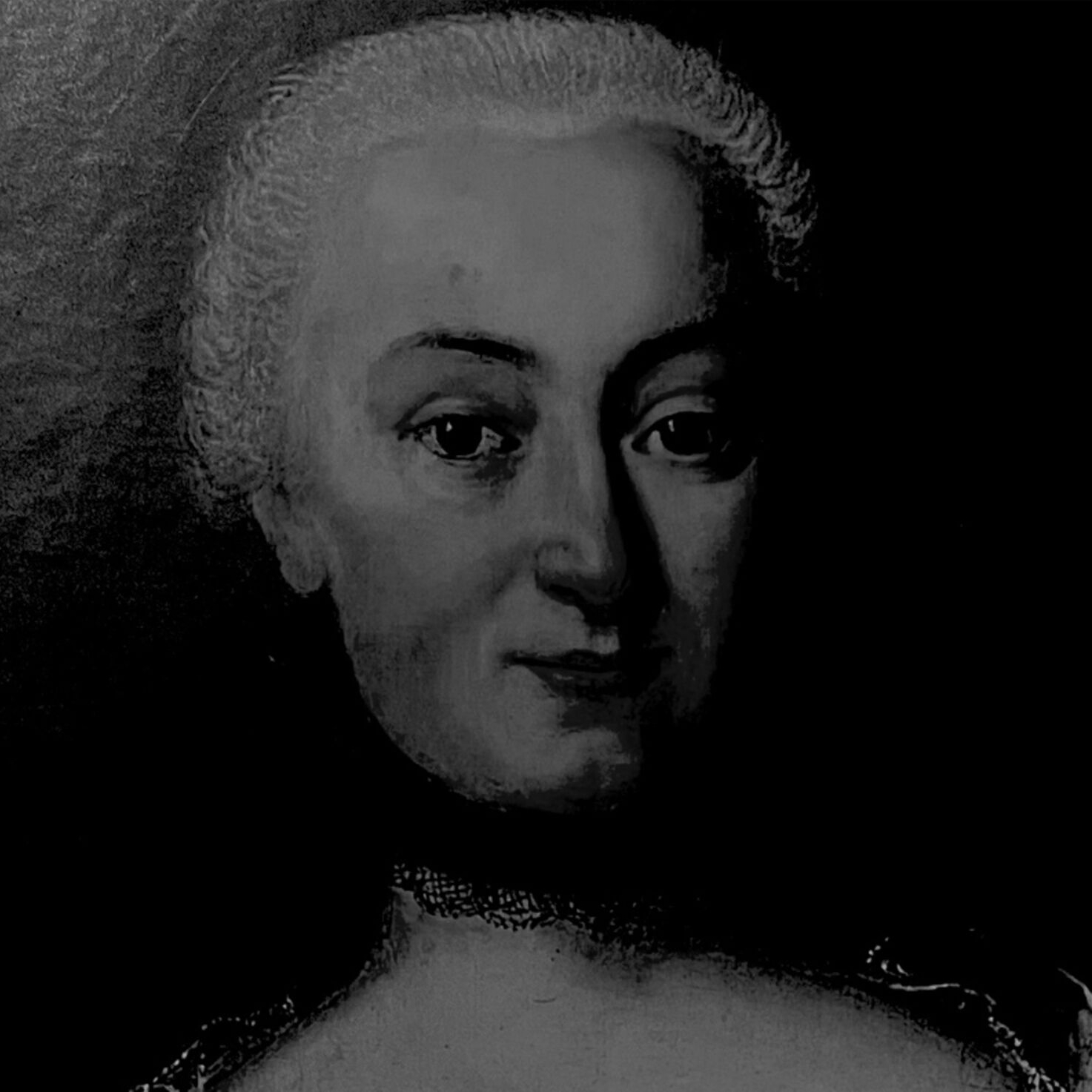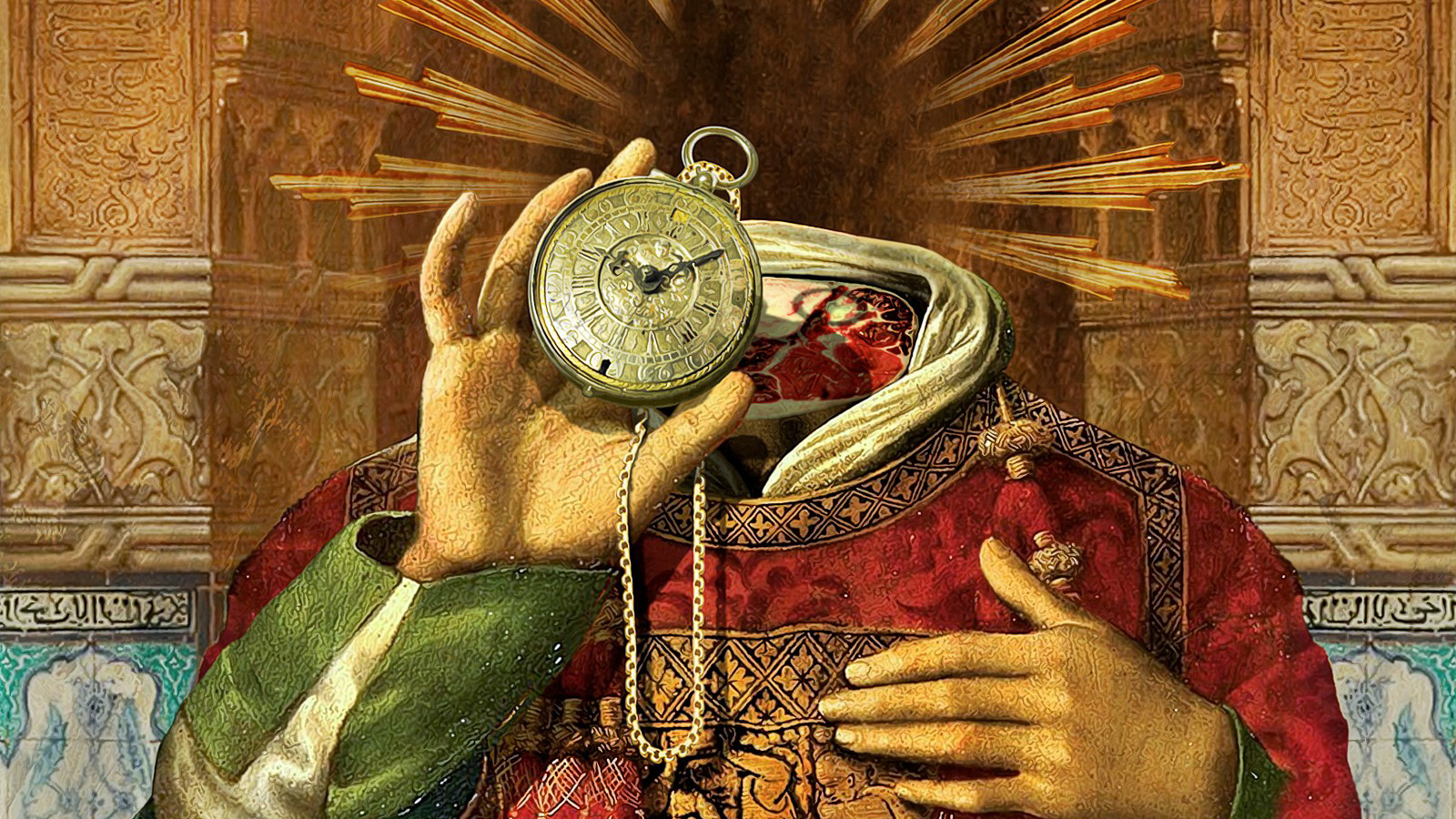The undead lady of Lucerne
Marie Josse d’Hemel was a distinguished lady who married a Lucerne patrician. She is also said to have died twice. The first time a gravedigger wanted to steal her expensive clothes, which prompted her to return from the dead and live on for another 20 years – a cautionary tale for any would-be grave robbers.
This spooky story never gets old. In 1741, young Marie Josse d’Hemel from Argenteuil near Paris exchanged wedding vows with Lucerne patrician Franz Ludwig Pfyffer von Wyher. She was the 19-year-old daughter of a general and he was a high-ranking officer, Lieutenant General, in the service of the French forces. The married couple moved to Lucerne.
It wasn’t long before the Pfyffer von Wyher-d’Hemel family had two daughters and two residences: a double townhouse at Mühlenplatz in Lucerne plus the wonderful Wyher Castle near Ettiswil. Marie Josse was a strikingly beautiful lady who brought exquisite French fashion to Lucerne. She was the first lady in the town to sport a parapluie and parasol. This did not go down well among the local elders who asked their new fellow citizen in 1755 whether she would be amenable to more conservative attire, as was the convention at the time in Central Switzerland.
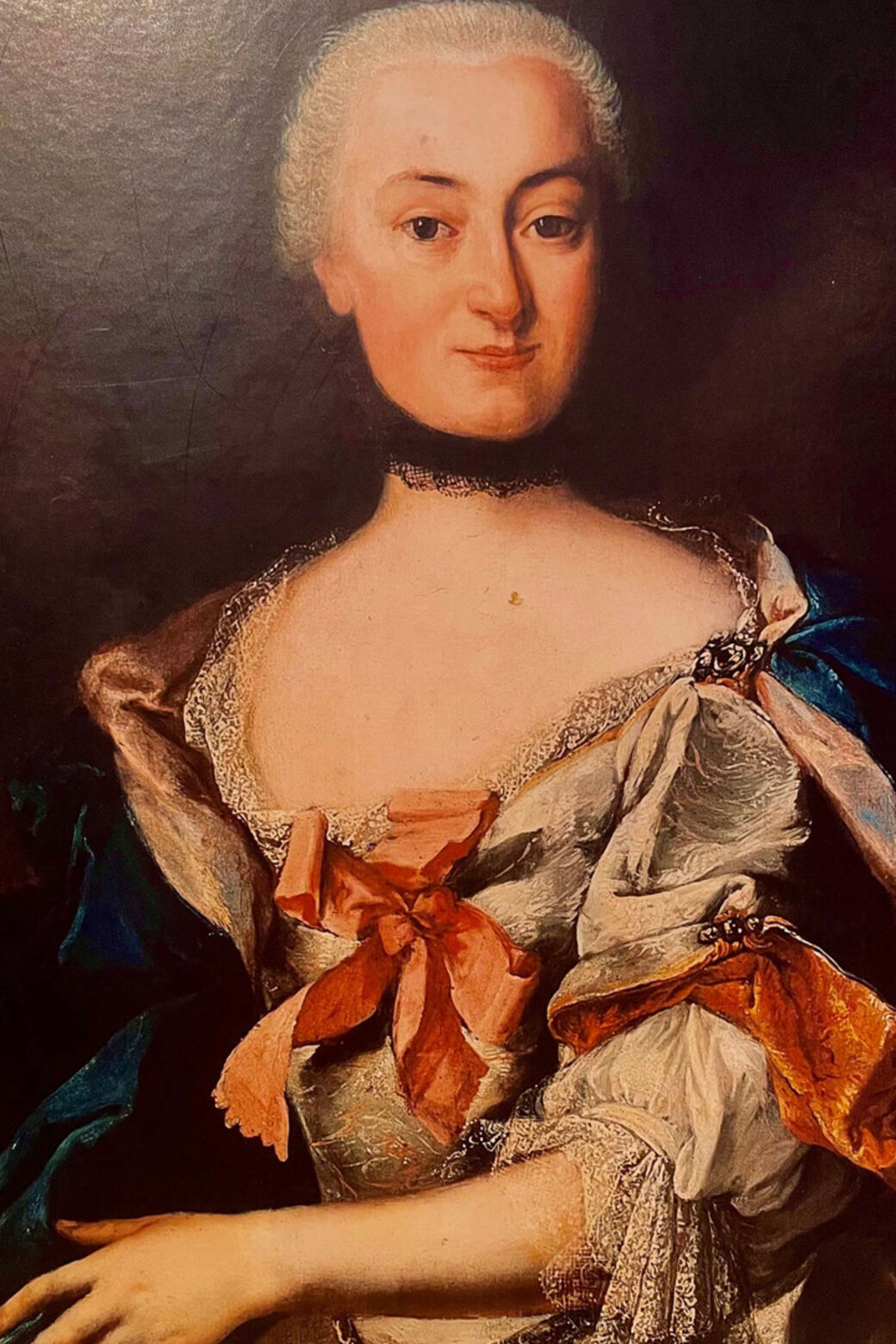
The lady valued her exquisite wardrobe: Marie Josse Pfyffer-d’Hemel. Photo: Glacier Garden of Lucerne
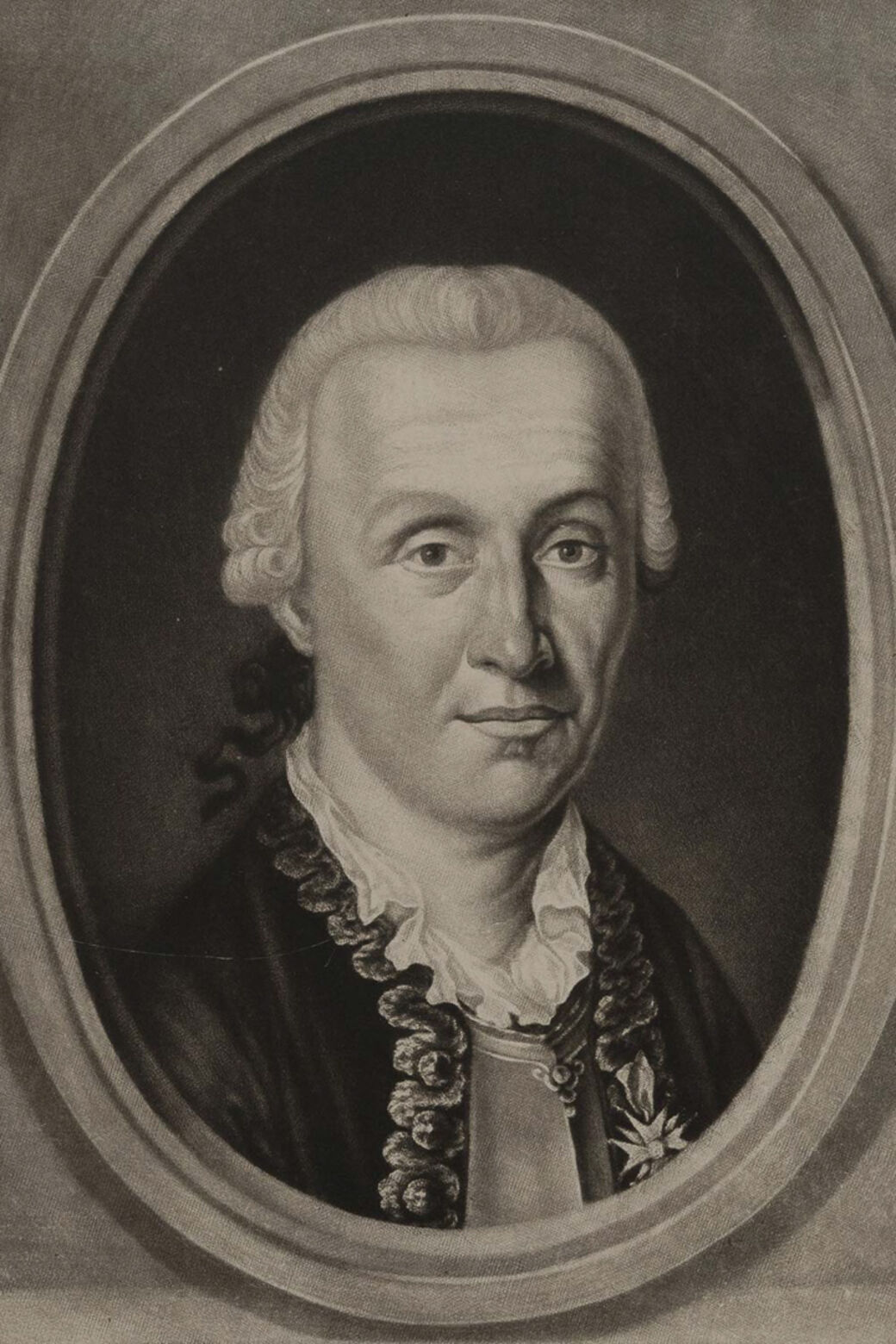
Portrait of Franz Ludwig Pfyffer von Wyher, 1775. Schweizerisches Nationalmuseum
However, Marie Josse had other ideas. In fact, her flamboyant dress sense saw her become something of a trendsetter as many Lucerne ladies opted for expansive hooped dresses and risqué décolletés. Moreover, Marie Josse was not above taking responsibility for the conversion and renovation of her castle in Ettiswil, a task which fell to her as her husband was often absent. She had the moat dug and furnished the second floor in a Louis XVI style. She also climbed the local mountain Pilatus, which was practically unheard of at the time, especially for a lady of her standing. Marie Josse passed away in 1780 and was buried in her finest clothes and jewellery in Hofkirche cemetery; half of Lucerne came out to pay their respects.
When he tried to remove her petticoat, so the story goes, Marie Josse suddenly opened her eyes and stepped out of the coffin.
Events then took a sinister turn: the following night a rapacious grave digger dug her up and opened the coffin. He took the deceased’s clothes and jewellery. When he tried to remove her petticoat, so the story goes, Marie Josse suddenly opened her eyes and stepped out of the coffin. Clad in her burial garment, she then walked through Lucerne from Hofkirche to her home in Mühlenplatz, where she lived for another 20 years until 1800 – although she never smiled again.
Cooperation
This article originally appeared on the Swiss National Museum's history blog. There you will regularly find exciting stories from the past. Whether double agent, impostor or pioneer. Whether artist, duchess or traitor. Delve into the magic of Swiss history.
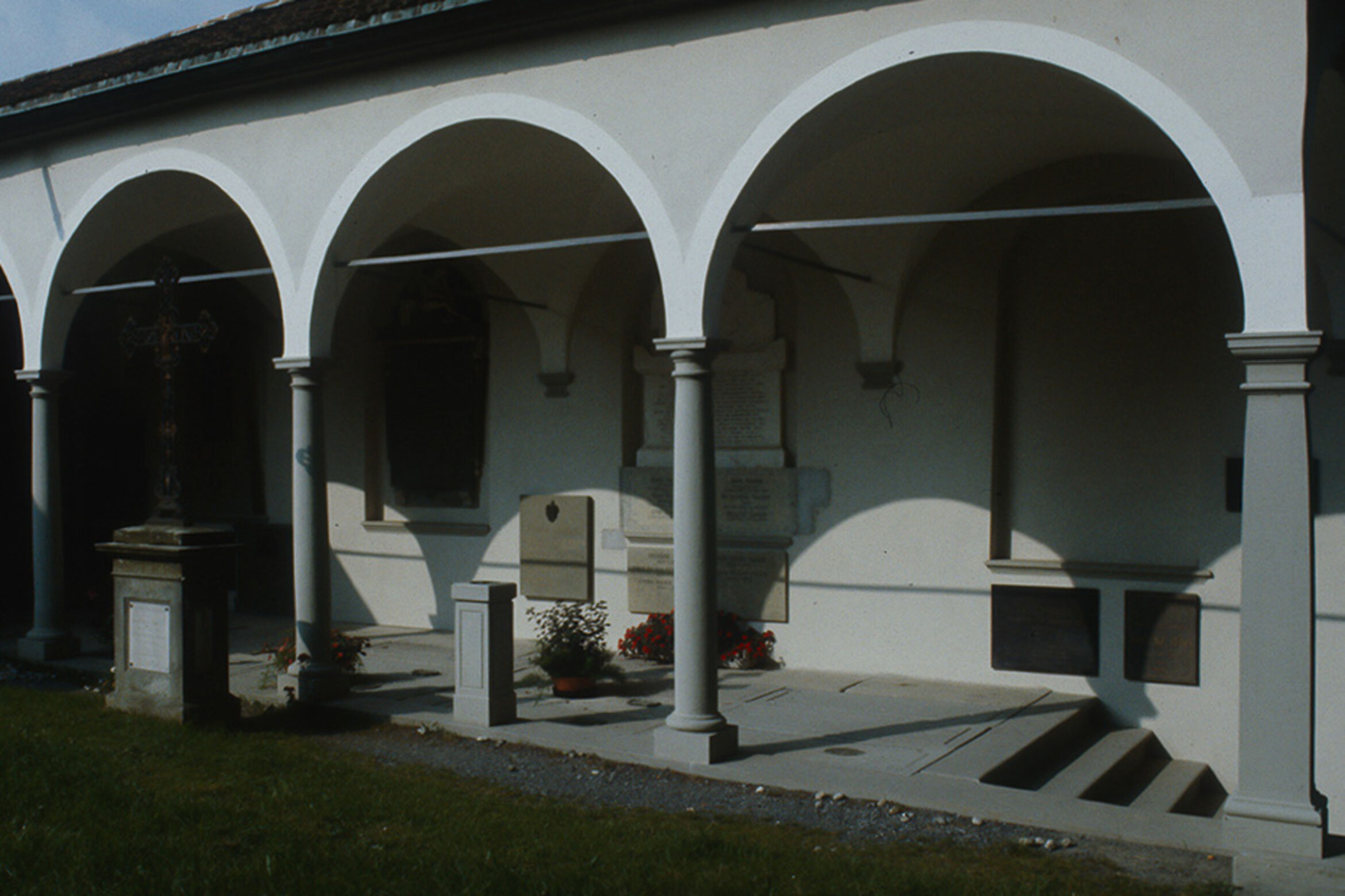
Hofkirche cemetery Lucerne. ETH Bibliothek Zurich
At least, that’s the story as recounted by Theodor von Liebenau in his book ‘Das alte Luzern’ (old Lucerne) from 1881. Liebenau (1840–1914) was not just a run-of-the-mill storyteller, he was state archivist of the canton of Lucerne and honorary doctor of the Faculty of Philosophy at the University of Bern. Another version of the story tells of a valuable ring worn by Marie Josse, which the grave robber wanted to steal. Just before he was going to cut off her finger, Marie Josse woke up, rose and walked home.
The gruesome tale is to discourage would-be grave robbers, so the deceased can rest in peace.
Whether the thief was after a dress or a ring, this is one spooky tale. It doesn’t exclusively relate to Lucerne either. Kurt Lussi, a Lucerne folklorist, has proven that variations of the story are also told about other places. That makes it a wandering legend, i.e. a fable of which there are different variants for different locations. For example, there is Lady Emma Edgcumbe in England who returned to the living after a graveyard thief unscrewed her coffin.
The thinking behind the stories is evident: the gruesome tale is to discourage would-be grave robbers, so the deceased can rest in peace.
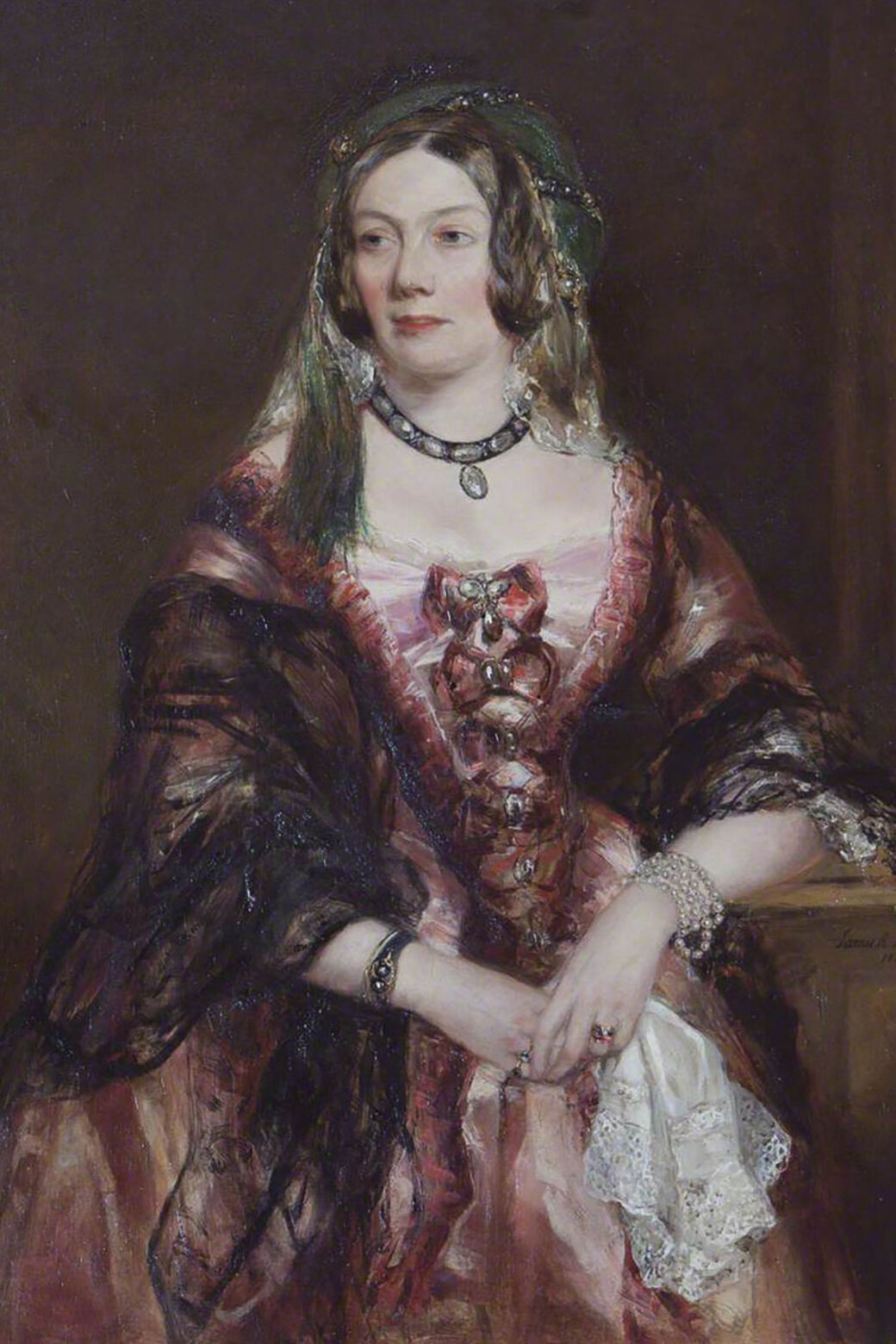
Emma Edgcumbe, Countess of Mount Edgcumbe, captured on canvas by James Rannie Swinton. Wikimedia / National Trust
As for the fate of the grave robber, it is outlined in a poem entitled ‘Der Hinterländer’ (hinterlands) published in a supplement to ‘Willisauer Zeitung’, a local newspaper in the municipality of Willisau, canton of Lucerne. It roughly translates as follows:
“(…) The lamp gave forth an eerie glow, lighting up the nocturnal darkness, the baroness stirs in her coffin, awoken from her eternal slumber, the miscreant starts, gripped by sudden horror, as suddenly the pale corpse rises up. In the dull starlight, a poor lady staggers home, Lady von Wyher, so sick in body and mind. She lives another twenty years, for her children and husband, never again will she smile, in the bright knight’s hall. The nefarious grave digger fled over field and valley, overcome by horror, he falls in the dew. Wayfarers find the miscreant in the morning pale and stiff, the grave robber by night – was a rescuer too.”
